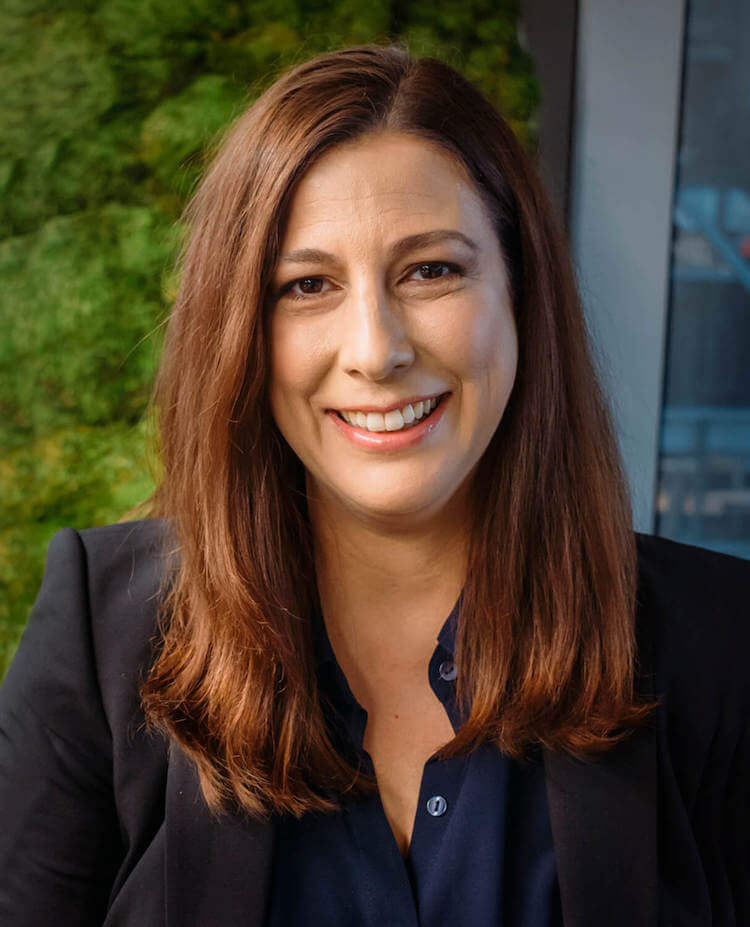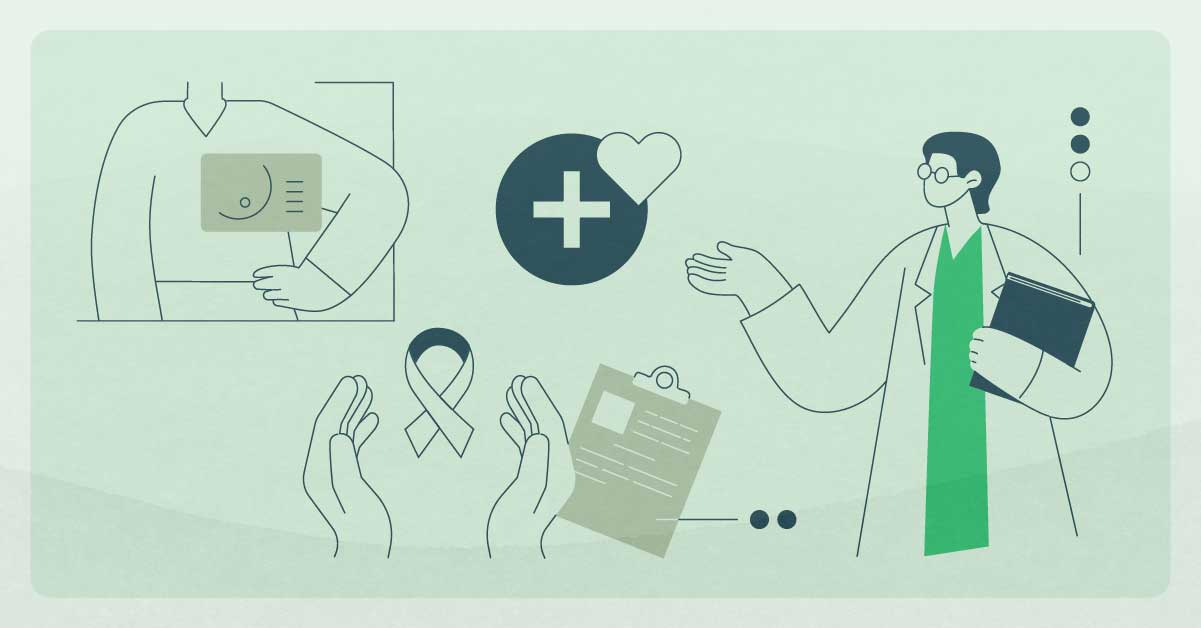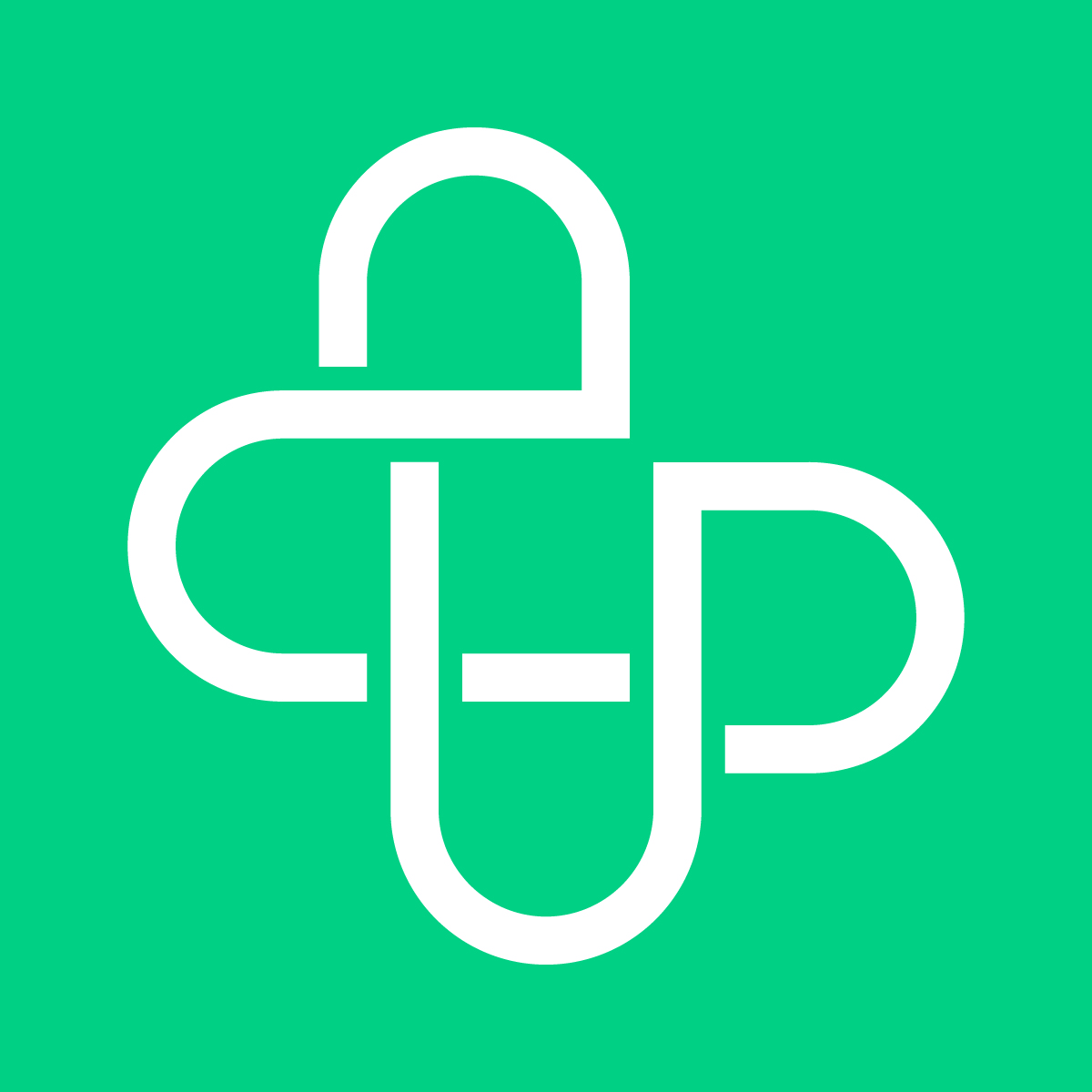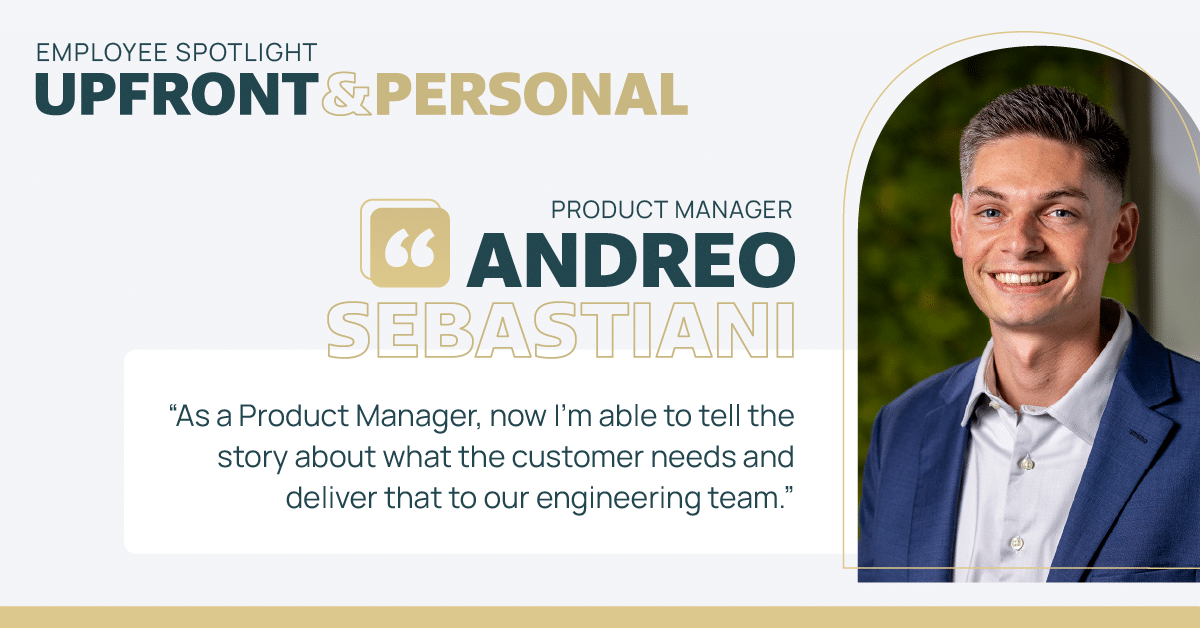As if patients’ slow return to care following the pandemic wasn’t a challenging premise enough, healthcare enterprises now face an emerging care gap: in breast health.
The U.S. Preventive Services Task Force recently issued updated draft guidelines about preventative care. Revising its earlier recommendation that women start getting screened between the ages of 40 and 50, the task force now urges all women to schedule screenings starting at age 40.
Women are then encouraged to get a mammogram every other year until the age of 74, a move researchers hope will save up to 20% more lives.
The updated guidelines come as scientific evidence has shown more women in their 40s being diagnosed with breast cancer. In the U.S., the rate of breast cancer among women ages 40 to 49 increased 2% per year on average, from 2015 to 2019, according to the National Cancer Institute, and is the second-leading cause of cancer death, following lung cancer.
The rates are even more sobering when viewed through the lens of Black and other minority patients, groups who pose a higher risk for late detection and higher rates of mortality following advanced-stage disease.
For example:
- Prior to age 50, minority women are 127% more likely to die of breast cancer; 72% more likely to be diagnosed with breast cancer; and 58% more likely to be diagnosed with advanced-stage breast cancer.
- Black women diagnosed with breast cancer in their 40s experience mortality at rates double the mortality rate of white women.
- Black women are less likely to be diagnosed with Stage I breast cancer but twice as likely to die of early breast cancers.
- Black women have a two-fold higher risk of aggressive — “triple-negative” — breast tumors and a higher risk of BRCA1 and BRCA2 genetic mutations.
Factors affecting mammography utilization
Numerous barriers have been identified that keep women from completing breast cancer screenings, including cost, geographical access, conflicting guidelines, and lack of awareness. Fear and anxiety are also common barriers, with many women experiencing nervousness or discomfort about undergoing a mammogram, causing them to put it off altogether. Cultural and language barriers can also play a role.
For Black and minority women, social determinants of health, a lack of insurance, and systemic racism all contribute to the high rates of late breast cancer detection and mortality.
Given these factors, the new proposed guidelines from the USPSTF indicate a greater focus on tackling breast cancer screening disparities and improving health outcomes.
But one looming question remains:
Are healthcare enterprises prepared to deploy a patient engagement strategy designed to motivate women to schedule breast screening appointments?
Raising awareness to activate patients
Similar to the challenges accompanying the revised guidelines for colonoscopy screenings in 2021, healthcare care enterprises need to consider the implications of the changes for patients, starting with raising public awareness. Entire groups of women between age 40-49 and those who were up-to-date suddenly have an open need for care, and are likely seeking clarity and guidance on their next steps.
When new guidelines are released, the fallback position is typically that physicians should educate each patient about the changes. However, roughly 10% of women report having no personal relationship with a doctor or healthcare provider and about 20% of women age 50-74 have not received mammogram screenings in the past two years, the recommended cadence for early detection.
Relying on the physician alone to communicate care needs to women is unreliable. For the majority of women who do have a physician, these visits may be few and far between. A quick review of women’s health guidelines shows that women in their 40s are encouraged to complete a cervical cancer screening every 3-5 years or get a physical bi-annually. Their next visit might be 2 to 5 years away — a long delay when early detection is key.
Further, physician visits are typically less than 15 minutes. There is simply not enough time to effectively address this new care need. It requires more than a 30-second directive about new evidence-based guidelines to educate, overcome trust issues, and address barriers to care.
One way to establish patient trust is to ensure that the health system is prepared to accommodate new appointments within a reasonable timeline to handle the shifting volume.
The guideline changes making headlines mean there will be an influx of inbound calls and portal messages from patients seeking answers. If a patient calls to schedule an appointment and can’t get in, they’re likely to choose another provider or put off scheduling an appointment altogether. Identifying which patients require outreach, addressing access barriers early on, and easing the scheduling process can help healthcare systems get ahead of the swell.
To keep patients from slipping through the cracks, healthcare enterprises should deploy proactive and personalized omnichannel communication to meet patients where they are. We have seen time and time again that creating personalized digital content that speaks to a patient in their own language — meaning health information is delivered in culturally-relevant ways without confusing jargon — greatly improves their engagement and understanding.
Not only can this personalized approach improve operational efficiency, it also goes a long way toward reducing potential inequities.
Breaking through access barriers: A case study on the value of personalization
Motivating patients to schedule and adhere to mammogram appointments will require more than a mass, “one-size-fits-all” text message campaign — especially when taking vulnerable populations’ and access barriers into account. It will take strategic, equity-driven, and hyper-personalized digital outreach to encourage patients to return for vital care.
We know this firsthand. In 2020, Midwest-based OSF HealthCare, engaged Upfront after the nonprofit healthcare system identified plummeting rates of completed breast cancer screenings among patients living in hardship zip codes. Upfront was tasked with developing a scalable intervention to close breast cancer screening care gaps and get patients in for mammograms before they were overdue — preventing deaths and advanced-stage disease.
Our team combined evidence-based research and technology to proactively engage target patients to educate patients and inform them of their breast cancer screening status. Among the tactics we deployed, included:
- Personalized text reminders;
- Digital voice calls from community healthcare workers;
- An invitation to a health fair offering on-site mammograms;
- Microsites, to provide further education about the value of preventative screenings; and
- Embedded scheduling links to ease appointment setting.
More than half of patients followed these digital pathways to scheduling, maximizing care gap closure. In the end, Upfront helped OSF reach more than 1,200 women through targeted digital outreach, achieving a mammogram screening rate 3.7% higher compared to patients deemed to have fewer barriers to care.
When the partnership was extended to more than 45,000 female patients, our strategy resulted in more than 52% of patients scheduling their mammograms within the first two weeks of receiving their last, personalized nudge.
“We had done some SMS text messaging previously through our EHR vendor, but this was so much more personalized,” said Jennifer Junis, a senior vice president with the healthcare system. “We were able to reach out, connect, and drive to action to really get patients the care they need.”
Getting ahead of breast cancer screening gaps
The updated breast cancer screening guidelines are an important step toward achieving health equity in breast cancer screening and access. However, addressing the remaining barriers will require us to implement strategic, multi-faceted, highly targeted outreach efforts to reach the underserved and marginalized populations we need to engage.
It’s critical that healthcare enterprises begin planning their approach to scheduling patients for mammograms today rather than tomorrow, if they want to prevent care gaps and advanced disease in the future.





